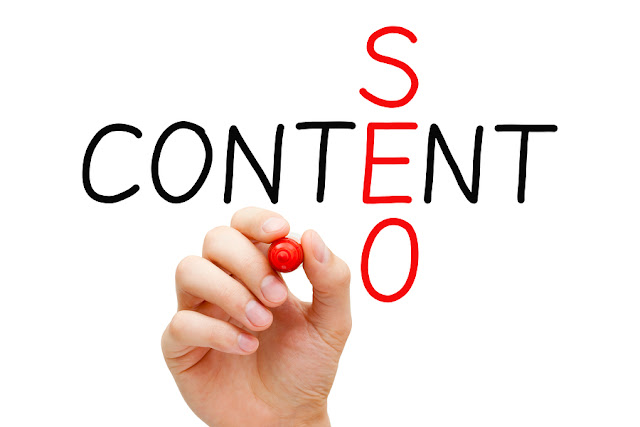Content Optimization in SEO
Content optimization is more than using some top keywords in each page. Effective content optimization focuses on using very specific keywords in very specific places to send the strongest possible relevance signals for that keyword target.The importance of placing keywords in the important places, is the most important aspect of content optimization. Use the exact keyword assigned to a page in the places to which search engines assign the most prominence to encourage stronger rankings.
- Page URL: The page URL in the content management system influences some very valuable SEO elements like the default title tags for the site, the headline, and the navigational text. If you’re able to specify the page url, and if it makes sense for user experience and branding for each individual page, use the exact keyword in the page url.
- Title tag:The title tag is the single most important content element on a page for SEO. Title tags are not displayed on the page itself, but are included in the head of the HTML code for a page. Title tags are displayed by browsers in the page tabs at the top of the screen, and can be used as in search results pages as the blue underlined link customers click on to get to your site. Limit title tags to around 65 characters, including spaces, because that’s all the search engines will display in search results.
- Meta description: Similar to title tags, meta descriptions can be found in the head of the HTML for each page and do not display as regular content on the page. Unlike title tags, meta descriptions do not effect rankings for organic search. They can be shown in the search result page as the descriptive text for your search result listing. As a result, using the exact keyword in the meta description along with an engaging call to action can increase clicks from the search results page to your site. Limit meta descriptions to 150 characters, including spaces.
- Meta keywords: Leave them blank. Meta keywords haven’t been used as search signals since 2009, except as negative algorithmic signals when overstuffed. They clue your competition in to the keywords you’re targeting, and add no SEO value. Use them only if your internal site search requires them, and then as sparingly as possible.
- Headline: The headline should also be the H1 heading for the page if the templates are optimized for SEO. Even if they’re not, the headline is at least bolded and at the top of the page, which gives the headline more prominence than common body copy. Use the exact keyword in the headline, as close to the beginning as possible while still preserving its readability.
- Body copy: Use natural language to incorporate the exact keyword into body copy at least once, as close to the beginning as possible. If you can work it in to a subheading as well, that will also help. Depending on the length of the copy, repeat the exact keyword.Which brings me to keyword density, the idea that a certain percentage of the copy should be devoted to keywords. Keyword density is an outdated concept. There is no exact formula for the number of times to use a keyword.
When trying to determine if the keyword has been used optimally in the body copy, follow these three priorities:
1- Using the exact keyword once in the body copy.
2- Natural readability.
3- Repeating the exact keyword again additional times while preserving readability.
SEO Company in Lucknow
SEO Services in Lucknow
SEO in Lucknow









Complete agree... Content optimization is very important for every website. In this way you make sure that your webpage content original and attractive content. This improve your websites SERP.
ReplyDelete